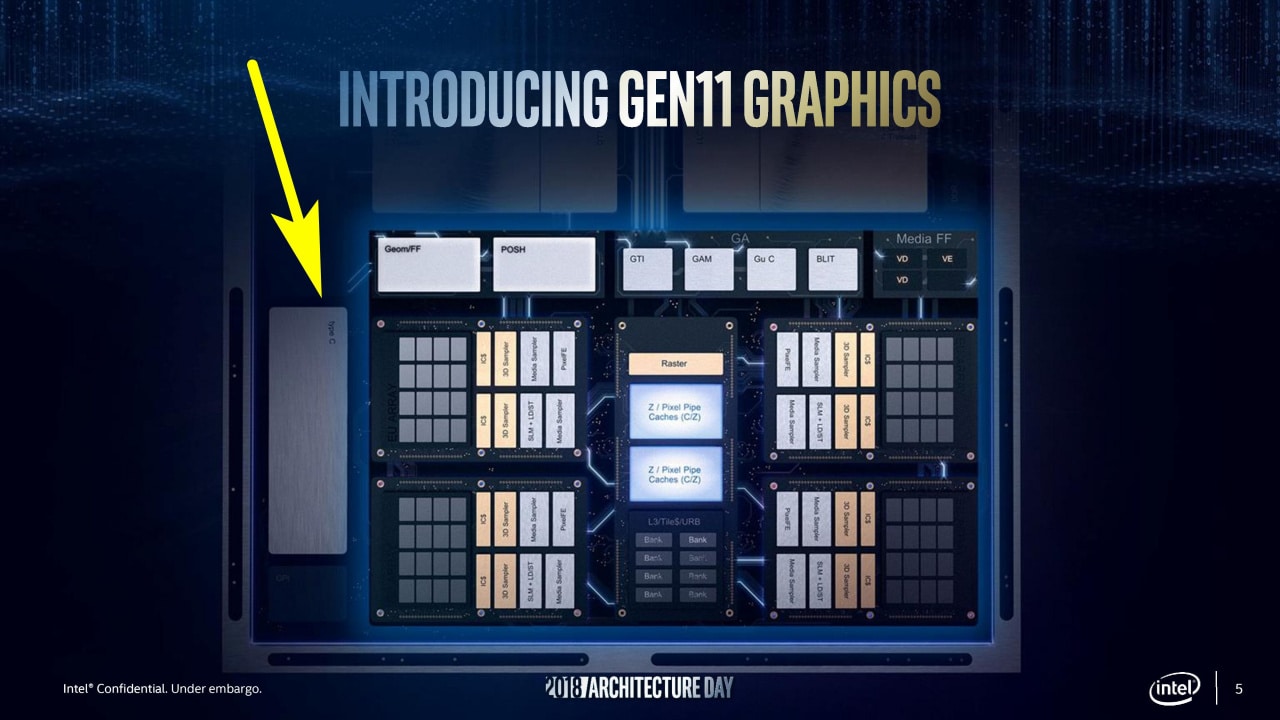Before Intel’s major investment in graphics cards with the Xe series becomes a reality, a final generation remains that builds on the company’s existing graphics architecture. These are called “Gen” followed by a number and have been the basis for all integrated solutions for many years.
In connection with the Skylake architecture, the graphics architecture Gen9 was launched, which was intended to be replaced by Gen10 together with Cannon Lake at 10 nanometers. The many problems with the 10 nanometer manufacturing technology cause Intel to skip launching Gen10, and instead switch quickly to Gen11.
For a long time, Intel has made incremental performance steps with its graphics solutions. The most common GT2 configuration used in most processors for both laptops and desktops today has 24 computing units. With Gen11, Intel is increasing the number to 64.
The marked increase in calculation units is flanked by architectural improvements, but what has been done with the calculation units themselves is not clear. On the other hand, Intel is talking about a redesigned communication bus for the memory, and that the L3 cache memory dedicated to the graphics part is quadrupled to 3 MB from 768 KB with today’s Gen9.
In addition, there is support for Tile-Based Rendering, which Videologic (now Imagination Technologies) introduced in 1996, which is a technology that Nvidia later implemented for Maxwell in 2014 and which AMD added to Vega in 2017. The graphics architecture Gen11 also gets a new media block where one of the big news will be a brand new part for the acceleration of the H.265 / HEVC.
Of course, Intel also updates the architecture’s support for connections, with support for higher resolutions, HDR and Adaptive Sync – the standard AMD uses for Freesync. The latter is no secret but something Intel has come out with before, but now it is clear when they introduce support for the feature.
In other words, the two arch-rivals in processors do something in common with adaptive image synchronization and compete together against Nvidia’s G-Sync. In practice, this means that both Intel’s future integrated graphics solutions and pure graphics cards work with all Freesync screens available today.
The Gen11 graphics architecture is part of the Ice Lake processor family, which is manufactured at 10 nanometers and will be released in 2019.
Source: Anandtech















